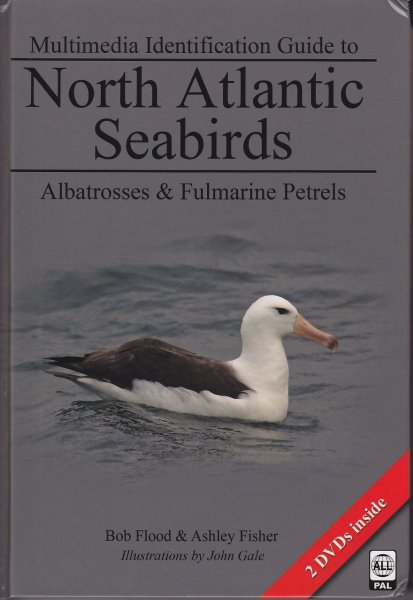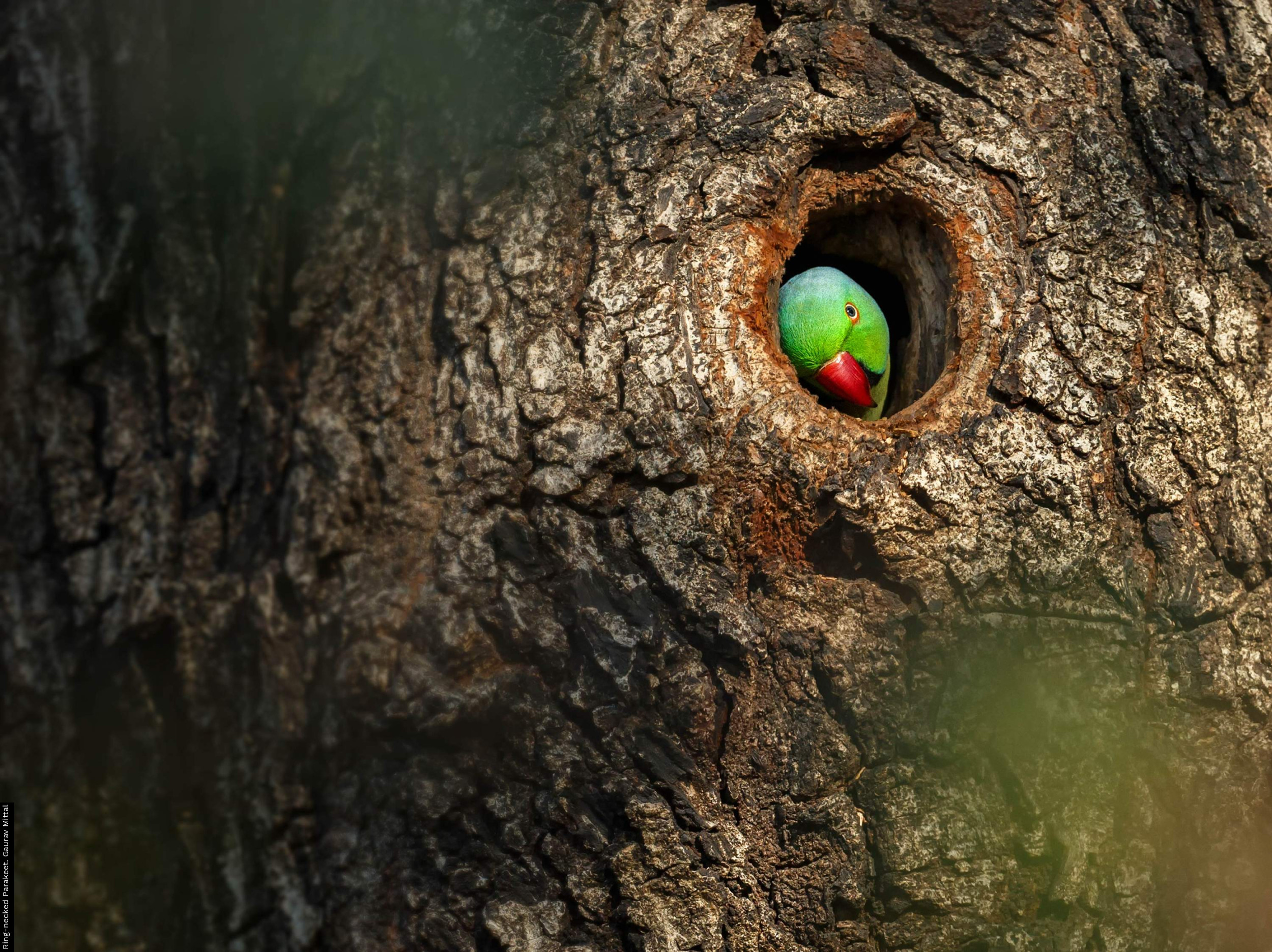
Publisher: Pelagic Birds & Birding Multimedia Identification Guides (in association with Scilly Pelagics)
Publication Year: 2016
Binding: Hardback
Page Count: 278
ISBN Number: 9780956886729
Price: £ 39.99
Multimedia Identification Guide to North Atlantic Seabirds: Albatrosses and Fulmarine Petrels
The back cover pretty much says it all – over 270 pages of detailed and original text. Over 200 colour photographs. Over 180 stunning and accurate illustrations. Large format colour range maps based on latest geolocator and observational studies. Two DVDs with over 120 minutes of highly informative footage with narration.
What more can you say? All of this is true but when you start to delve into the book it really comes to life. The illustrations are sublime, and there are so many of them, thirteen for Atlantic Fulmar alone, and accompanied by 30 high-quality photographs. The amount of information is incredible, and all presented in an easy to use way.
There are 41 pages dedicated to topography and ‘workshops’ on how to begin to identify the eleven species described, six albatrosses, two giant petrels, two fulmars and Cape Petrel, before we even get to the species accounts in which they are all given a thorough grilling. To top this off there is a section after the species accounts that deals with confusion species and the features to concentrate on to sort them out. I love the way the albatrosses are approached in this section: so you’ve seen an albatross. ‘What species is it?’, ‘It’s an immature Black-browed’, ‘Are you sure?’, ‘Well it’s got dark underwings’, ‘So has Grey-headed’, ‘You don’t get Grey-headed in the North Atlantic’, ‘Seems so, but we’ll never know if we don’t check’. This is followed by four pages on how to separate the two should you be lucky enough to be called upon to do so. The book is rounded off with a thirty-eight page ID jogger, which is a great way to test how much attention you were paying whilst reading the various sections of the book.
It doesn’t end here. Two DVDs accompany the guide and are in handy cases fixed to the inside front and back covers. Disc 1 covers the species accounts of all of the birds in the book, with videos and narration of the key features needed to tell them apart. This greatly helps to cement what is discussed in the accounts in the book but also gives the opportunity to test id features under ‘field’ conditions, and it works very well indeed. Disc two looks at the families more broadly but also includes an identification quiz, to really make sure you have been taking notice. Altogether a brilliant guide with a great approach to explaining how to make it a little easier to identify what can be very difficult birds indeed. If you are into seabirds you can’t live without this book.
Book reviewed by Paul Stancliffe






Share this page